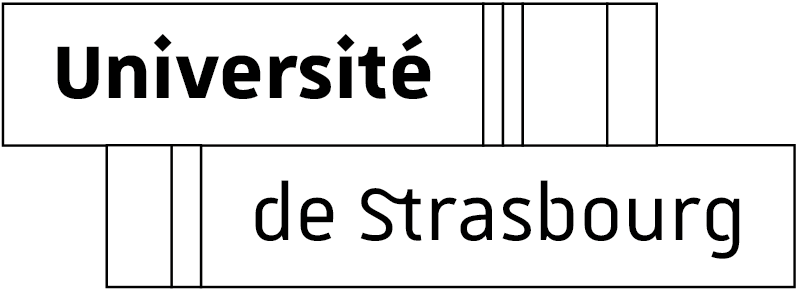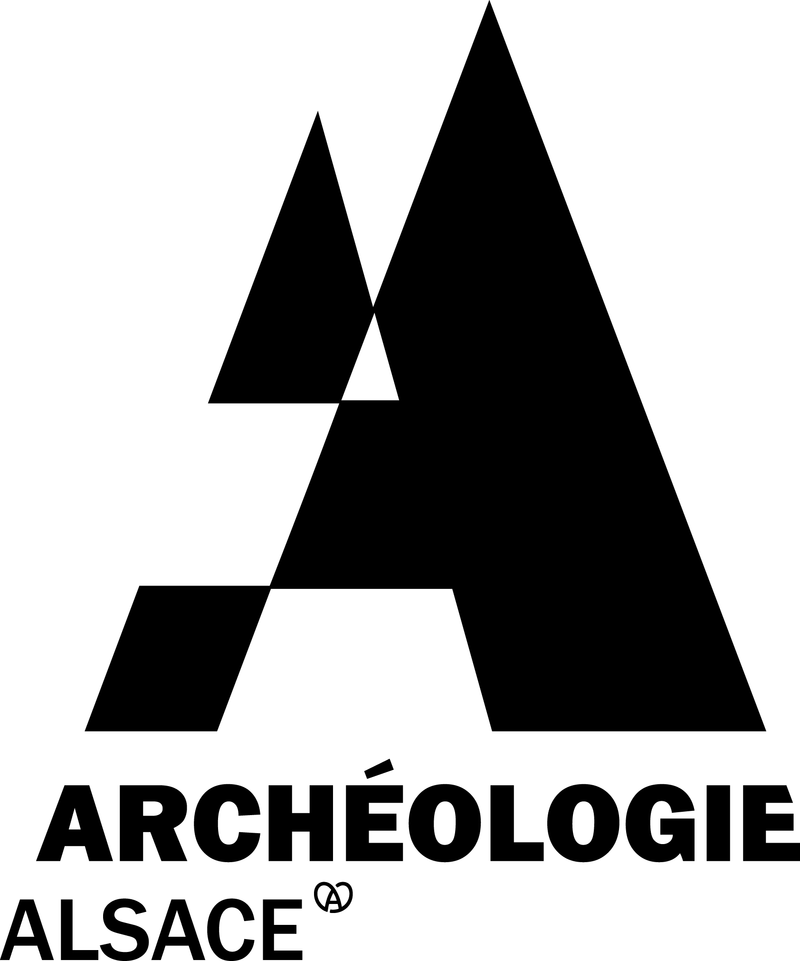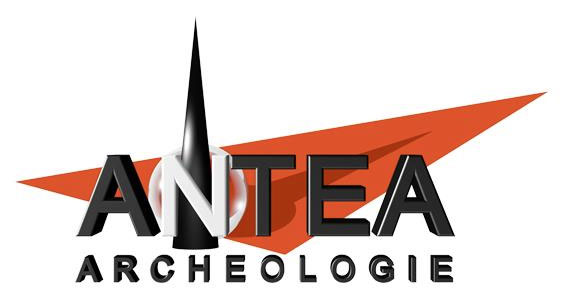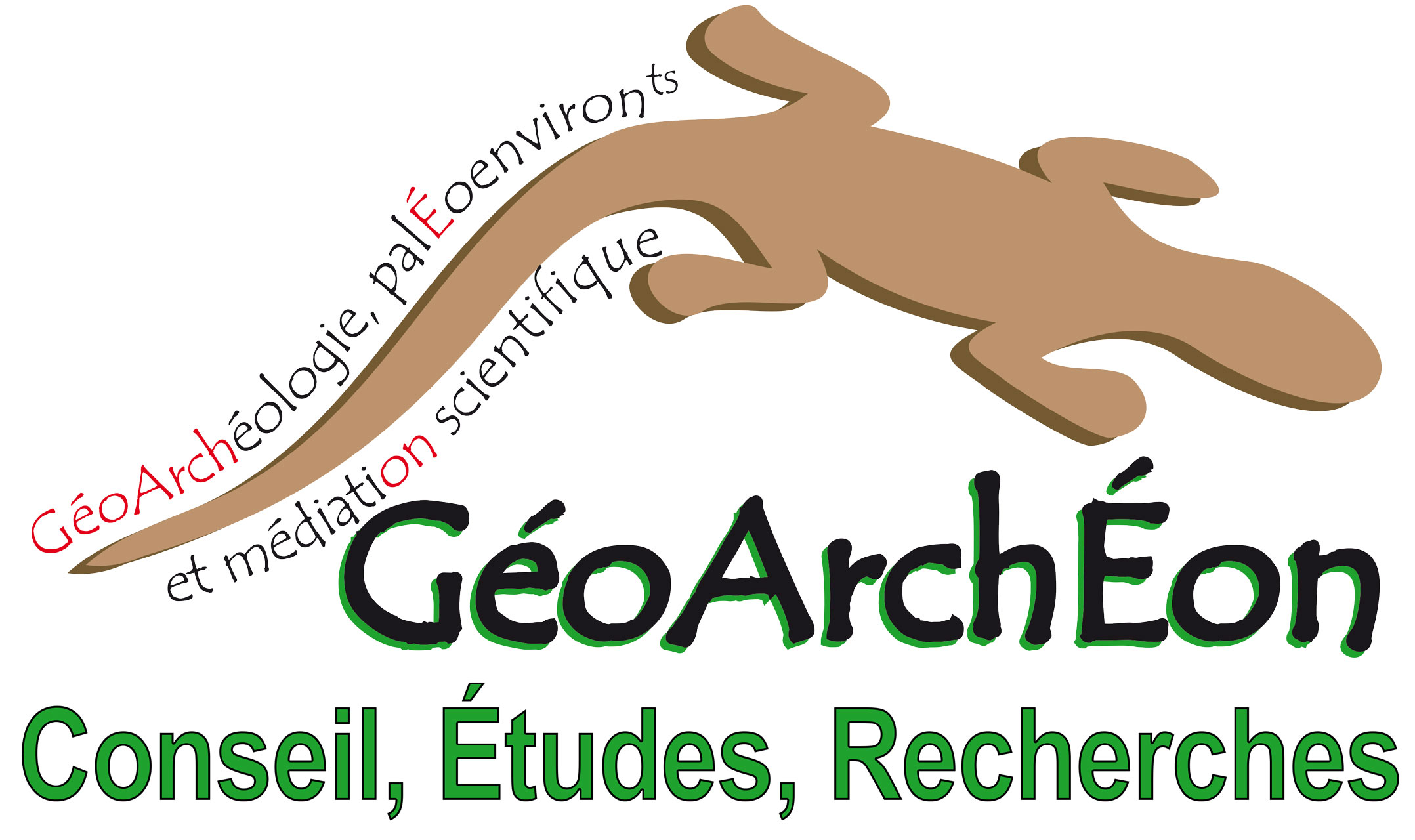Journée d'études JEUNES CHERCHEURS
"In-betweenness: à la recherche des intermédiaires"
Après plus d'un siècle de recherche, les sciences humaines se sont dotées de concepts et d'outils toujours plus affinés pour cerner les caractéristiques des échanges culturels. Depuis la constitution du paradigme diffusionniste qui revenait souvent à étudier la circulation des objets culturels sans identifier spécifiquement les acteurs (RENFREW,BAHN 2013,56), de nombreux travaux ont permis de disséquer les processus de transfert et les individus qui y sont impliqués. Des concepts et outils hérités de l'anthropologie et de l'ethnologie comme l'acculturation (REDFIELD,LINTON,HERSKOVITS 1936),les transferts culturels (ESPAGNE2013), le métissage (GRUZINSKI1999; BENAT-TACHOT,GRUZINSKI 2001),le middle ground (WHITE1991)ou encorel'hybridation (BHABHA1994)ont tenté de rendre compte des phénomènes résultant des échanges interculturels. Toutefois, l'attention ne s'est portée que plus récemment sur les intermédiaires et leur rôle au sein des divers processus. Des travaux ont tenté de cerner leur nature et de dresser des typologies des représentants de l'in-betweenness(BHABHA 1994;RAJ2016)dans les différents domaines des sciences historiques. En parallèle, l'archéologie, comme discipline traitant de la culture matérielle, a tenté d'appliquer plusieurs de ces concepts à l'étude des populations passées(par exemple MALKIN 2011;ROLLINGER, SCHNEGG2014), en faisant parfois appel à d'autres notions comme l'ethnicité (ANTONACCIO2009).Ces travaux en sciences historiques ont aussi fait l'objet de nombreuses critiques qui reflètent souvent des paradigmes opposés.L'intermédiarité regroupe un grand nombre de problématiques affrontées par les représentants des disciplines historiques. Chacun s'efforcede à reconstituer des itinéraires, des traces ou des vies d'intermédiaires à partir d'une documentation souvent diffuse ou erratique. Dans certains cas, la nature des objets culturels transmis par ces derniers échappe à l'analyse à cause des distorsions ou des réinterprétations. Enfin, la position occupée par l'intermédiaire est complexe à définir du fait de sa situation à l'intersection de deux ou plusieurs cultures.
After more than a century of research, the humanities have developed increasingly refined concepts and tools to identify the characteristics of cultural exchange. Since the creationof the diffusionist paradigm, which often triedto studythe circulation of cultural objects without specifically identifying the actors (RENFREW, BAHN 2013, 56), numerous works have made it possible to dissect the transfer processes and the individuals involved. Concepts and tools inherited from anthropology and ethnology such as acculturation (REDFIELD, LINTON, HERSKOVITS 1936), cultural transfers (SPAIN 2013), métissage (GRUZINSKI 1999; BENAT-TACHOT, GRUZINSKI 2001), middle ground (WHITE 1991) or hybridization (BHABHA 1994) have attempted to account for the phenomena resulting from intercultural exchanges. However, only more recently has attention been paid to intermediaries and their role in the various processes. There have been attempts to identify their nature and to draw up typologies of representatives of in-betweenness (BHABHA 1994; RAJ 2016) in the various fields of historical science. In parallel, archaeology, as a discipline dealing with material culture, has attempted to apply several of these concepts to the study of past populations (e.g. MALKIN 2011; ROLLINGER, SCHNEGG 2014), sometimes drawing on other notions such as ethnicity (ANTONACCIO 2009). This work in the historical sciences has also been the subject of numerous critiques that often reflect opposing paradigms.In-betweenessbrings together a large number of issues faced by representatives of historical disciplines. Each of them tries to reconstruct itineraries, traces or lives of intermediaries from an often diffuse or erratic documentation. In some cases, the nature of the cultural objects transmitted by the latter escapes analysis because of distortions or reinterpretations. Finally, the position occupied by the intermediary is complex to define because of his situation at the intersection of two or more cultures.
programme complet












